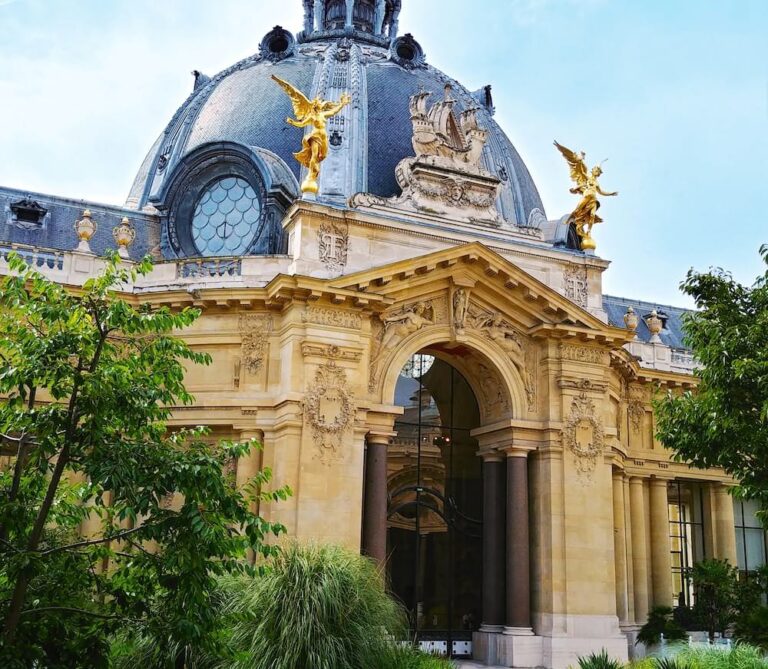indirect object pronouns
An indirect object is a person (or sometimes a thing) that receives the action of the verb indirectly, usually through a preposition. In French, the preposition is often à. The French term is complément d’objet indirect, often abbreviated as COI.
To avoid repeating the full phrase, we use an indirect object pronoun.
Indirect object pronouns are not the same as direct object pronouns.
Here are the French indirect object pronouns:
| Pronoun | Meaning |
|---|---|
| me / m’ | to me |
| te / t’ | to you (informal) |
| lui | to him / to her |
| nous | to us |
| vous | to you (formal/plural) |
| leur | to them |
How to Identify an Indirect Object
Look for a person introduced by the preposition à, and ask to whom? or for whom? after the verb.
- Il parle à sa sœur.
He is speaking to his sister.
→ à sa sœur is the indirect object.
Position of the Pronoun
Just like direct object pronouns, the indirect object pronoun goes before the conjugated verb.
Examples:
- Tu me parles.
You are speaking to me. - Je te téléphone.
I’m calling you. - Il lui écrit.
He is writing to him / to her. - Nous vous répondons.
We are answering you. - Ils leur donnent des conseils.
They are giving them advice.
Contractions Before a Vowel
As with direct object pronouns, me and te become m’ and t’ before a vowel or silent h:
- Il m’aide.
He helps me. - Je t’offre un café.
I’m offering you a coffee.
With Two Verbs
When a conjugated verb is followed by an infinitive, the pronoun goes before the infinitive, not the conjugated verb.
- Je vais lui parler.
I’m going to speak to him / her. - Elle veut nous téléphoner.
She wants to call us. - Tu peux leur écrire ?
Can you write to them?
Negative Sentences
In negative sentences, ne and pas go around the pronoun and the verb.
- Je ne lui parle pas.
I’m not speaking to him / her. - Ils ne nous répondent pas.
They aren’t replying to us. - Tu ne m’écris pas.
You don’t write to me.
Important: lui and leur
Unlike le and la, which are used for both people and things, lui and leur are only used for people (or occasionally animals). If the indirect object is a thing introduced by à, the pronoun y is used instead. For example:
- Je pense à mon travail. → J’y pense.
I’m thinking about my work.
This article focuses on lui and leur, not y.
More Usage Examples
- Elle me raconte une histoire.
She is telling me a story. - Nous te posons une question.
We are asking you a question. - Il lui téléphone tous les jours.
He calls her every day. - Je leur explique la situation.
I’m explaining the situation to them. - Vous ne nous répondez jamais.
You never answer us. - Tu veux leur envoyer un message ?
Do you want to send them a message?
Direct vs Indirect Object Pronouns in French
| Role | Direct Object (Complément d’objet direct – COD) | Indirect Object (Complément d’objet indirect – COI) |
|---|---|---|
| Question it answers | Who? or What? | To whom? or For whom? |
| Preposition used | None | Usually à |
| Pronouns | me / m’ te / t’ le / la / l’ nous vous les | me / m’ te / t’ lui nous vous leur |
| Used for people? | Yes | Yes |
| Used for things? | Yes | Rarely – use y instead for things |
| Pronoun placement | Before the verb | Before the verb |
| Contraction with vowel | Yes: m’, t’, l’ | Yes: m’, t’ |
Examples:
| Sentence Type | French Sentence (Direct) | French Sentence (Indirect) |
|---|---|---|
| Talking to me | – | Tu me parles. (You speak to me) |
| Seeing me | Tu me vois. (You see me) | – |
| Writing to them | – | Je leur écris. (I write to them) |
| Seeing them | Je les vois. (I see them) | – |
| Giving advice to him | – | Elle lui donne un conseil. |
| Watching him | Elle le regarde. | – |
| Offering us coffee | – | Il nous offre un café. |
| Hearing us | Il nous entend. | – |






